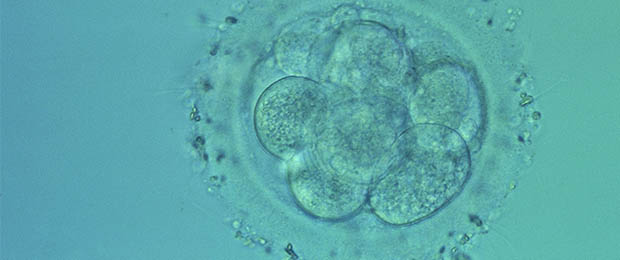When scientists refer to totipotent or pluripotent stem cells, they mean that, just like an embryo, these cells have the potential to develop into any type of bodily tissue. However, totipotent cells can also develop tissues such as placenta and all extra-embryonic tissues that are essential for an embryo to grow and develop.
iPS cells are pluripotent cells like the human embryo stem cells used in research. The fertilised egg and the cells created by the very first cell divisions of the embryo are totipotent and can generate all embryonic and extra embryonic cell lines. But “capturing” these totipotent cells still poses a scientific challenge. The cells that produce embryonic tissue and those that generate extra-embryonic tissues separate very quickly. It is impossible to cultivate stable cell lines before this separation.
Scientists at the Salk Institute in conjunction with scientists at Beijing University in China recount their discovery of a “chemical cocktail” which generates totipotent stem cells from murine or human stem cells. This “cocktail”, which is a combination of four chemical products and a growth factor, can stabilise “very early” stem cells. They refer to these cells as “extended pluripotent stem cells” or EPS.
Their technique, which was described in the Cell journal on 6 April 2017, could be put to a variety of uses, namely modelling diseases, testing medicinal products or regenerating tissues. It could be used in particular to model early development processes and to understand the diseases affecting the implantation of embryos or the placenta. The aim in this instance would be “to improve in-vitro fertilisation techniques”. Finally, according to the authors, this discovery could be particularly useful when testing for chimers which seek to produce human organs in a host animal body.
Scientists have already used their technique to cultivate totipotent murine stem cells. They have shown that a single murine stem cell cultivated with this new combination “could be used to develop a whole adult mouse”. They believe that their study will have “a wide-ranging impact and repercussions in the stem cell sector”.
Phys.org (6/04/2017); UPI, Brooks Hays (6/04/2017)

